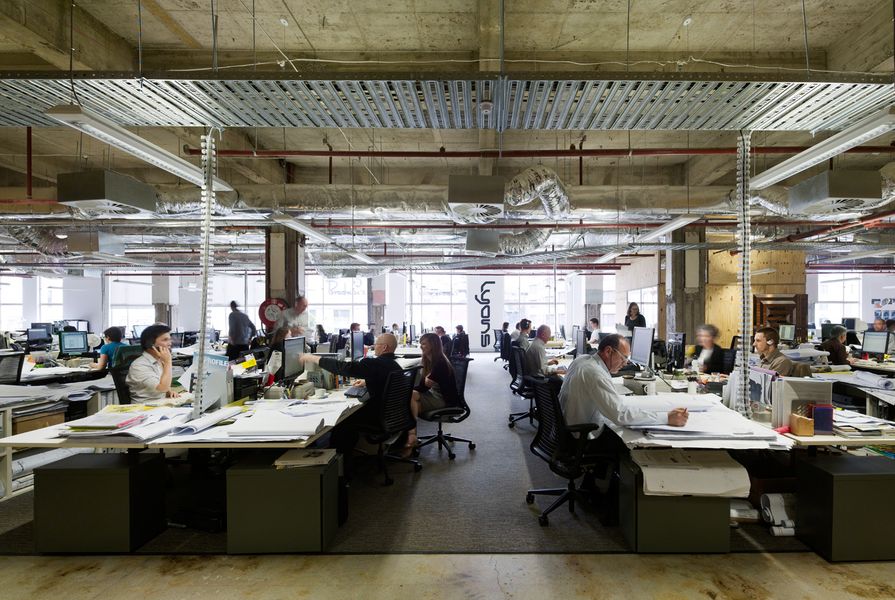The Australian Institute of Architects has been faced with a number of significant challenges in recent times. In addressing these challenges, the Institute’s National Council and Executive have come to the conclusion that it is an appropriate time to substantially reform the organisation through the development of a sustainable operational model, supported by a more effective strategic plan. The process of reform is work in progress and a narrower focus will target member services, education and advocacy. We also intend to reinforce and elevate our critical position as the first voice for our profession. It is important to understand, however, that while we can do a lot, we can’t do it all. Moving forwards we will commit to less than we have in the past, but what we do commit to we intend to deliver more effectively.
One of the biggest challenges that we face is protecting the value of architecture and architects, particularly in the evolving procurement space. By way of example, in the past month a state government organisation released a public tender for the redevelopment of a significant institutional building. The tender involved a commitment to an unrealistic program and the delivery of a range of ambitious outcomes under a potentially inadequate budget. That was not entirely surprising, however the tender went further to request the tendering architects submit high level design concepts in response to a detailed brief, along with the submission of professional fees for the project. A proactive team at the Institute reacted swiftly and prepared a detailed and firm response to the organisation managing the tender, outlining the Institute’s dissatisfaction with the proposed process and the likelihood that it would fail to deliver a high quality outcome for the project. The Institute is maintaining its stance, which has resulted in a process of ongoing dialogue.
How did we get to this point? Why has it become the apparent norm that architects should hand over their intellectual property, along with their fees, before they win a project, only to provide an organisation with the opportunity to select the cheapest team to deliver the most fitting concept? This was not an endorsed competition – this was a public tender on a significant public building that deserves the best possible outcome through a legitimate and transparent procurement process.
We would do well to ask if the legal advice associated with preparation of the proposed consultant contract was provided for free.
If I can leave you with one request, it is to calculate the cost to your practice of the current procurement environment and seriously reconsider your appetite for participation in these veiled selection processes. Clearly, the cost to practice from providing free services ultimately compromises the pay packages of the team members who help you deliver your success. By way of comparison, our freshly registered architects are earning approximately $50k per year, while project managers with lower qualifications at the same stage of their career are earning as much as $100k. Somehow, project managers are now driving this procurement space, leaving the lead consultant, the architect, to observe from the back seat. In many cases, they carry little or no project risk and they are not mandated to carry professional indemnity insurance.
I would argue that now is the time to reaffirm our capability and value in the project procurement space and recover some of the ground that was traditionally the territory of the lead consultant, the architect, before we lose more.
Jon Clements is the National President of the Australian Institute of Architects. This piece is adapted from his speech at the 2015 National Architecture Awards.
















